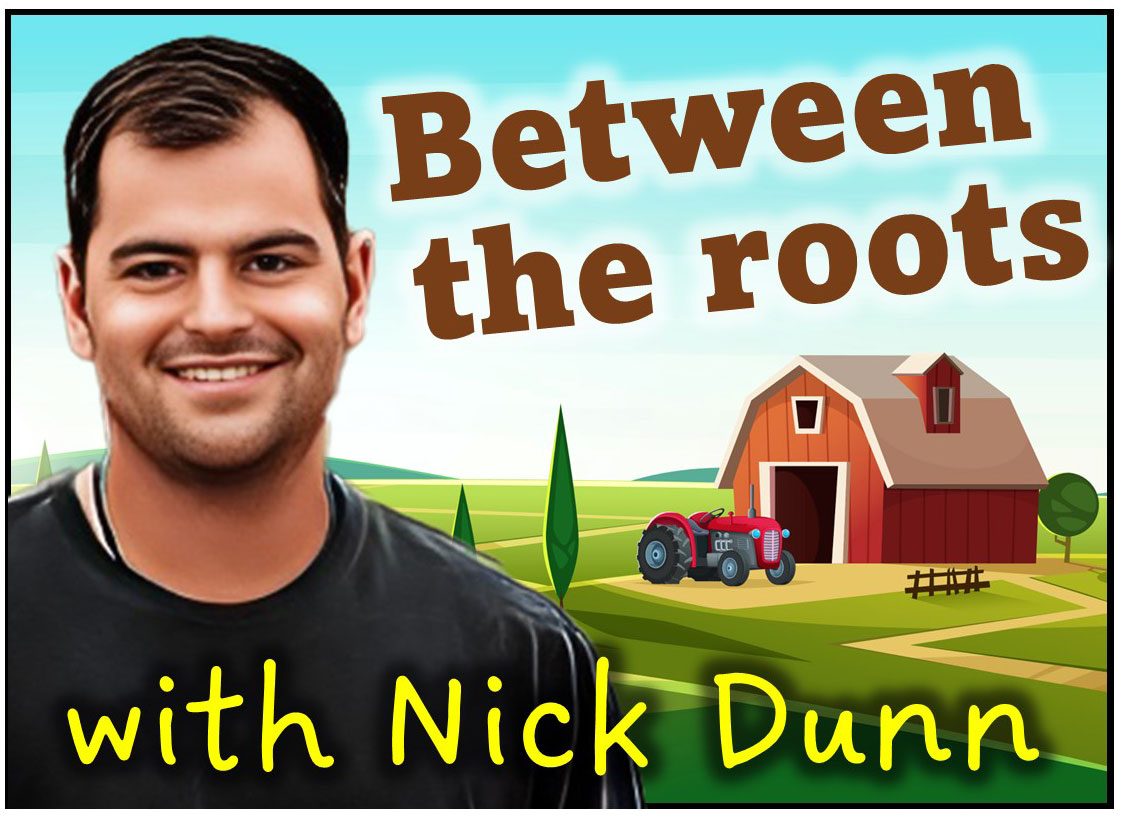
By Nick Dunn
Coyotes are a canine species that are native to North America and can be devastating for livestock producers and rural residents. Coyotes can cause a loss of animals, typically during calving season, which can cause financial strain and impact to producers’ bottom line. The Agricultural Pests Act, and the Pest and Nuisance Control Regulation declares the coyote to be a nuisance animal, which allows municipalities to supply landowners with control devices and materials. This also enables landowners to take control measures on their own land or permit someone as long as it is on their land. Livestock producers have adopted multiple control measures to control coyotes that some rural residents have also practiced. To effectively control coyotes, we need to understand their history, behaviours, and life cycle, which we’ll discuss during this column. Next month’s column will be part two, where I will discuss control methods and Integrated Pest Management.
The coyote population has been increasing since our early settlers established our agricultural industry. They were ultimately here first and our impact on the environment has increased their food supply through livestock production and decreased their predator population. Canines are very adaptable animals and they have adapted to our evolving environments according to their food supply. Their ability to adapt has made them difficult to control. Although if coyotes breed with domestic canines, offspring are infertile. Coyotes are highly reproductive and can have between five and 17 pups on average. With an increased food chain, we have experienced larger litters from the parents, which leads to an increased predator population.
Coyotes are monogamous, which means they will only mate with one partner at a time. The life span of coyotes can reach up to 14 years but on average they survive from six to eight years. Depending on local weather, coyotes will breed in February and will give birth 63 days later. Both parents take care of the young and there is a large requirement for food to raise them. The pups are kept in maternal dens for up to two months during whelping and start venturing further each day. It is at this time predation is at its maximum, about three weeks after birth when the pups start eating solid food. With that, if your calving season is in April and May, producers need to be aware that this is when coyotes are feeding the most. The family will stick together until late fall, then the pups will take off for breeding season. The reproductive potential for coyotes is extremely high; they are sexually mature at one year old but often don’t reproduce until their second year. Coyotes are carnivorous and therefore feed on small animals, rodents and insects, which requires control and defense for livestock producers and rural residents. The home range of a coyote is quite variable and depends on the terrain and food supply but typically a three to eight square-kilometre area is the norm, with a density of approximately one coyote per square kilometre. Stay tuned for next month’s column, where I will discuss the different control methods for livestock producers and rural residents.
Nick Dunn is Flagstaff County’s Agricultural Fieldman. He can be reached via email at: ndunn@flagstaff.ab.ca or by phone at: 780-384-4138.